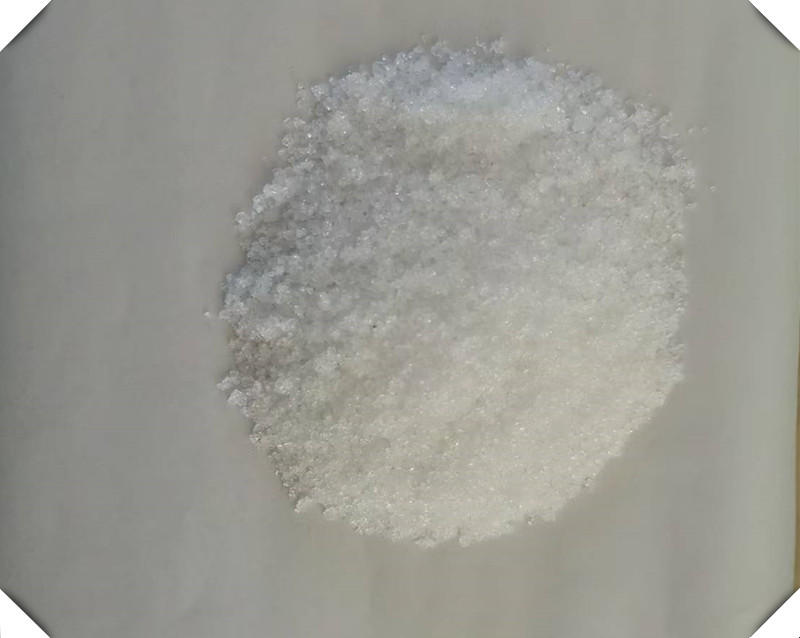1.Physicochemical Properties
Benzoic acid (benzenecarboxylic acid) is the simplest aromatic acid with weak acidity (dissociation constant 4.20). It is slightly soluble in water but readily soluble in organic solvents such as ethanol. Due to its strong lipophilicity, it can penetrate microbial cell membranes and exert antibacterial effects by inhibiting amino acid uptake, disrupting respiratory enzyme activity, and preventing acetyl-CoA condensation reactions.
2.Antimicrobial Spectrum: Effective against bacteria, molds, and yeasts, with particularly enhanced preservative effects in acidic environments (e.g., when converted to benzoate salts).
3.Metabolism and Safety
In animals, benzoic acid is primarily metabolized in the liver, with over 85% excreted in urine as hippuric acid, leaving virtually no residue and causing no disruption to acid-base balance.
Humans and pigs exhibit similar metabolic pathways, with nearly complete excretion within 24 hours, indicating high safety.
II. Specific Applications in Feed
Regulations and Dosage Standards
EU: Since 2003, benzoic acid has been permitted as an acidifier in pig feed at 0.5%~1.0%.
China: Listed as both a pH regulator and preservative in the Feed Additive Catalog (2013), with no explicit dosage limits but referencing food standards of 0.2~1.0 g/kg.
Functions and Efficacy
Antibiotic Alternative: Following the EU's 2006 ban on antibiotics, benzoic acid became a key substitute due to its broad-spectrum antimicrobial properties, particularly in preventing post-weaning diarrhea (PWD) and enhancing piglet growth.
Growth Performance: Studies show that adding 0.5% benzoic acid improves feed intake and weight gain in weaned piglets.
Comparison with Other Additives
Compared to potassium diformate, benzoic acid is absorbed more rapidly in the foregut and requires coating technology to act on the hindgut, whereas potassium diformate directly targets the duodenum, offering higher antimicrobial efficiency.
Post time: May-15-2025







